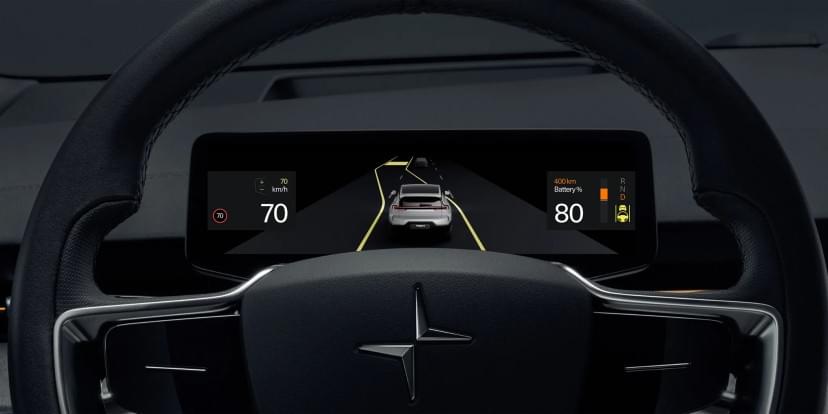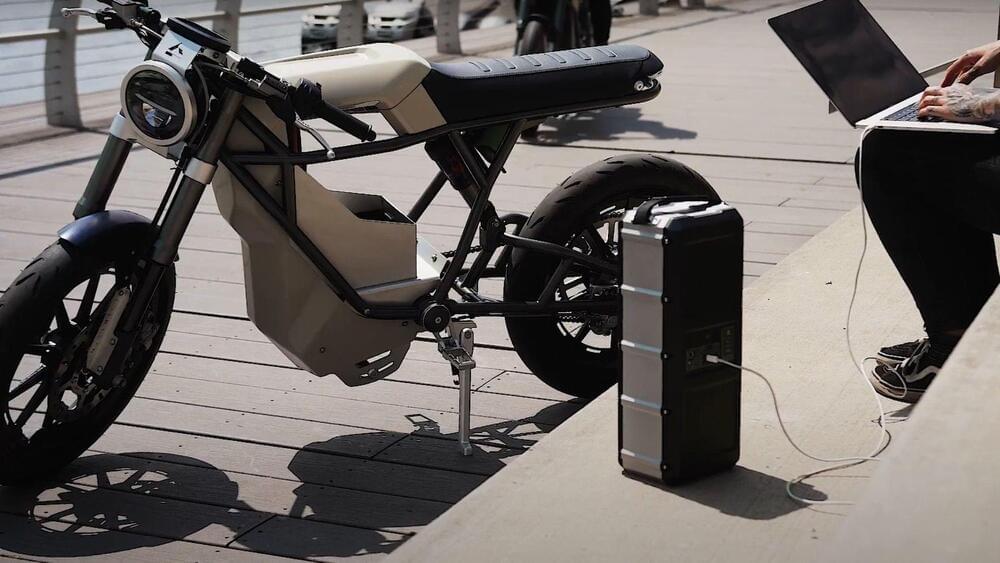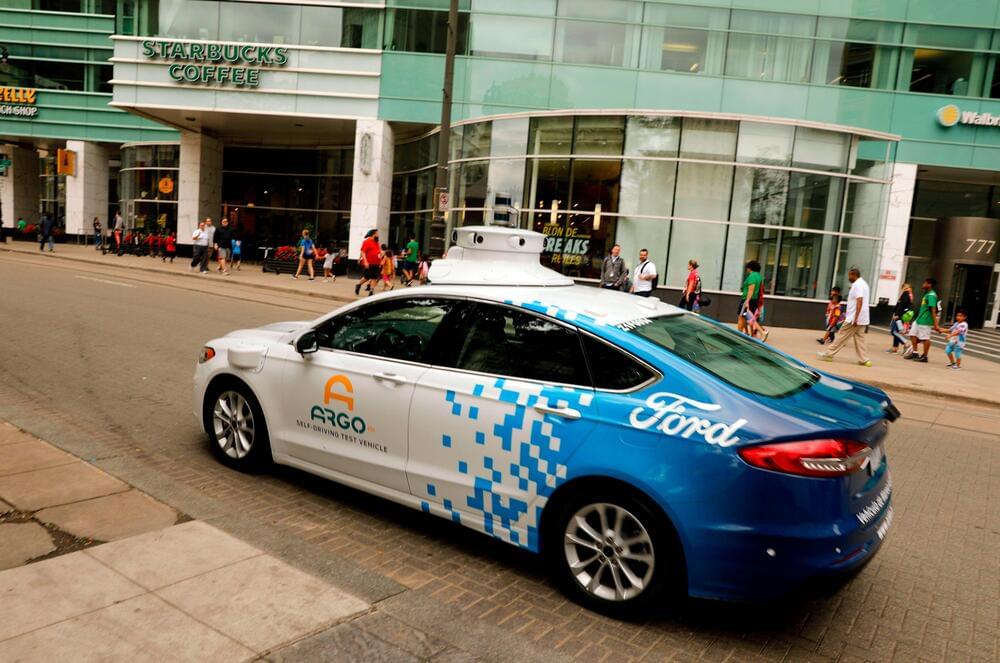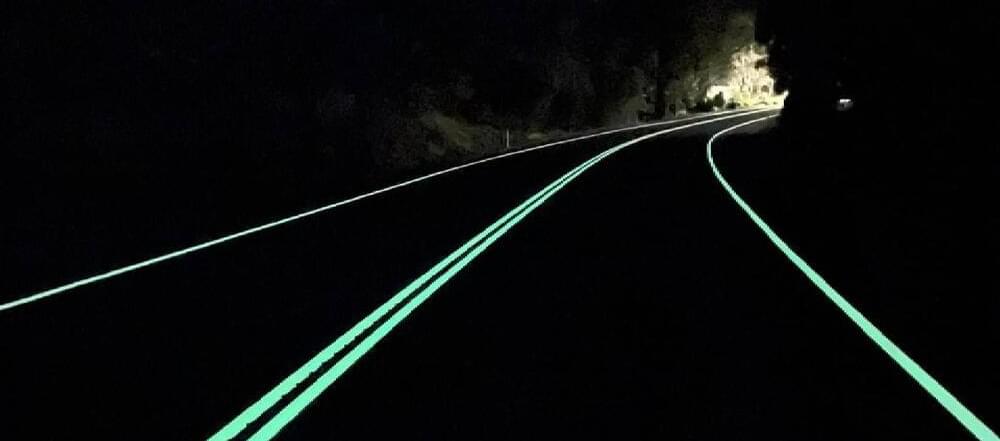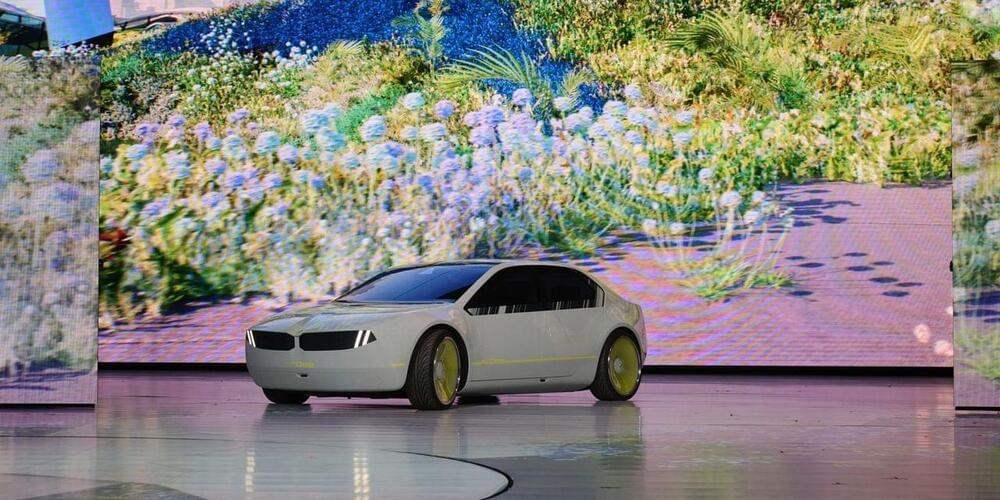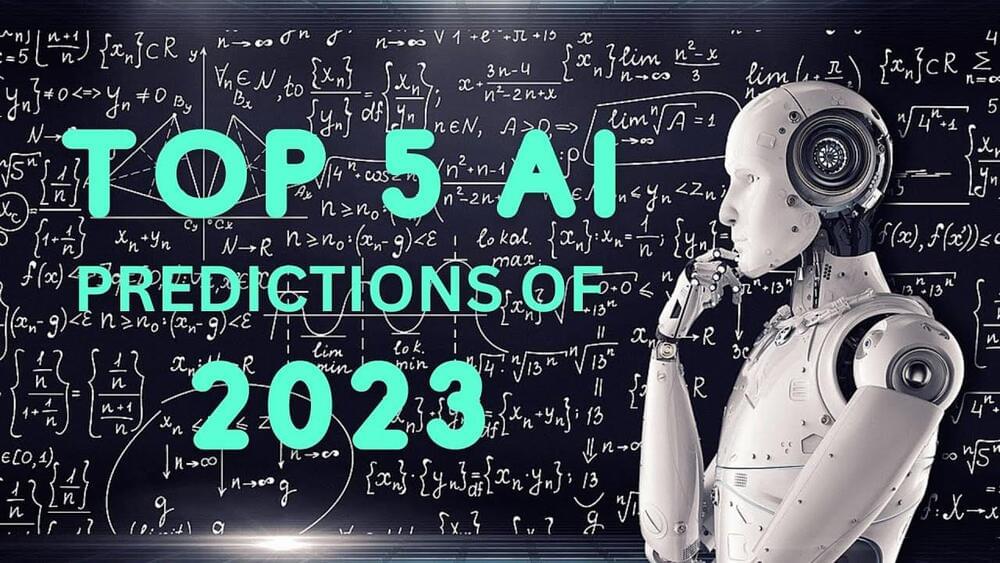Jan 9, 2023
Google announces new high-definition maps, Android Auto redesign rolling out
Posted by Genevieve Klien in categories: computing, mapping, mobile phones, transportation
Google announced a new HD version of its Maps service for cars with the Android Automotive operating system. The new HD maps will provide more detailed road markings, lane-level localization, road barriers and signs. The feature will debut on the Volvo EX90 and Polestar 3 models and will benefit from the lidar, radar and camera sensors on vehicles to ensure a safer driving experience.
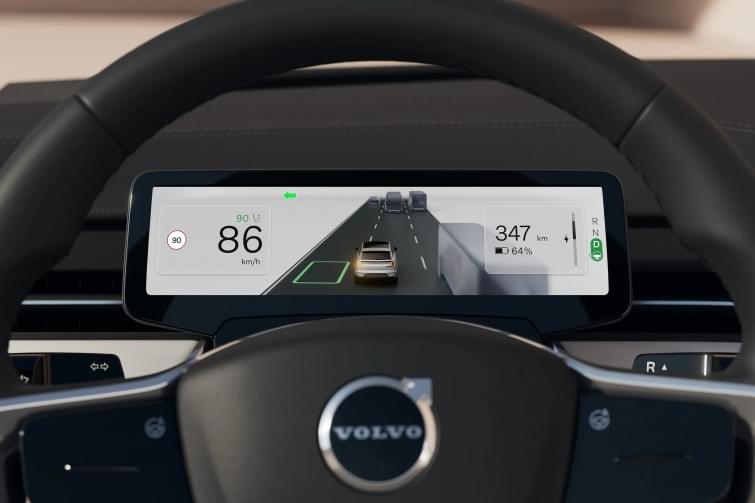
Volvo EX90 using Google HD maps.
Continue reading “Google announces new high-definition maps, Android Auto redesign rolling out” »
